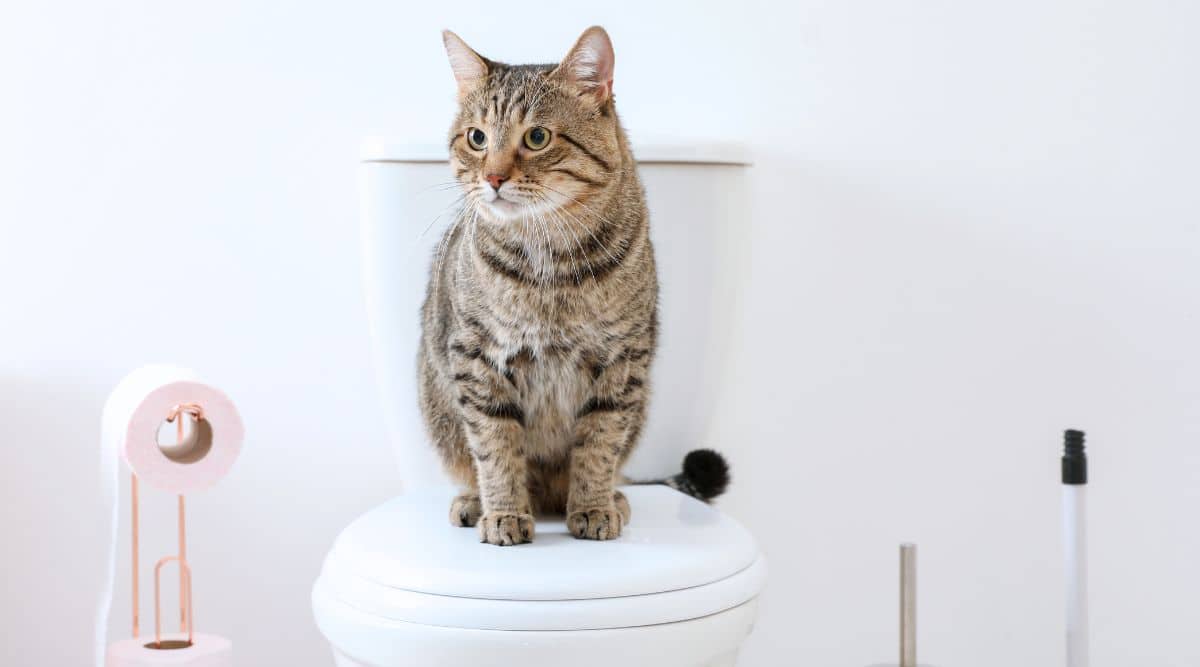Prevent Plumbing Problems: Never Flush Cat Poop Down Your Toilet - Professional Guidance
Prevent Plumbing Problems: Never Flush Cat Poop Down Your Toilet - Professional Guidance
Blog Article
This article below relating to How to Dispose of Cat Poop and Litter Without Plastic Bags is exceptionally enlightening. Don't overlook it.

Introduction
As feline proprietors, it's necessary to bear in mind exactly how we take care of our feline pals' waste. While it might seem hassle-free to flush pet cat poop down the toilet, this method can have damaging consequences for both the atmosphere and human health.
Environmental Impact
Purging cat poop introduces harmful microorganisms and bloodsuckers into the water system, positioning a substantial risk to water ecosystems. These pollutants can adversely impact marine life and concession water top quality.
Health Risks
In addition to ecological worries, flushing feline waste can additionally pose health and wellness threats to humans. Feline feces might include Toxoplasma gondii, a parasite that can create toxoplasmosis-- a potentially serious ailment, especially for expecting females and individuals with weakened immune systems.
Alternatives to Flushing
The good news is, there are more secure and more accountable methods to deal with feline poop. Take into consideration the adhering to alternatives:
1. Scoop and Dispose in Trash
The most common method of getting rid of feline poop is to scoop it right into an eco-friendly bag and toss it in the garbage. Make sure to make use of a dedicated litter scoop and deal with the waste quickly.
2. Use Biodegradable Litter
Choose naturally degradable feline trash made from products such as corn or wheat. These litters are environmentally friendly and can be safely dealt with in the trash.
3. Bury in the Yard
If you have a yard, consider hiding pet cat waste in a marked location far from veggie yards and water resources. Make sure to dig deep sufficient to prevent contamination of groundwater.
4. Install a Pet Waste Disposal System
Invest in a pet dog garbage disposal system particularly created for feline waste. These systems utilize enzymes to break down the waste, decreasing odor and ecological influence.
Final thought
Responsible pet possession prolongs beyond providing food and sanctuary-- it additionally entails appropriate waste administration. By refraining from purging feline poop down the bathroom and opting for different disposal techniques, we can reduce our environmental impact and shield human health and wellness.
Why Can’t I Flush Cat Poop?
It Spreads a Parasite
Cats are frequently infected with a parasite called toxoplasma gondii. The parasite causes an infection called toxoplasmosis. It is usually harmless to cats. The parasite only uses cat poop as a host for its eggs. Otherwise, the cat’s immune system usually keeps the infection at low enough levels to maintain its own health. But it does not stop the develop of eggs. These eggs are tiny and surprisingly tough. They may survive for a year before they begin to grow. But that’s the problem.
Our wastewater system is not designed to deal with toxoplasmosis eggs. Instead, most eggs will flush from your toilet into sewers and wastewater management plants. After the sewage is treated for many other harmful things in it, it is typically released into local rivers, lakes, or oceans. Here, the toxoplasmosis eggs can find new hosts, including starfish, crabs, otters, and many other wildlife. For many, this is a significant risk to their health. Toxoplasmosis can also end up infecting water sources that are important for agriculture, which means our deer, pigs, and sheep can get infected too.
Is There Risk to Humans?
There can be a risk to human life from flushing cat poop down the toilet. If you do so, the parasites from your cat’s poop can end up in shellfish, game animals, or livestock. If this meat is then served raw or undercooked, the people who eat it can get sick.
In fact, according to the CDC, 40 million people in the United States are infected with toxoplasma gondii. They get it from exposure to infected seafood, or from some kind of cat poop contamination, like drinking from a stream that is contaminated or touching anything that has come into contact with cat poop. That includes just cleaning a cat litter box.
Most people who get infected with these parasites will not develop any symptoms. However, for pregnant women or for those with compromised immune systems, the parasite can cause severe health problems.
How to Handle Cat Poop
The best way to handle cat poop is actually to clean the box more often. The eggs that the parasite sheds will not become active until one to five days after the cat poops. That means that if you clean daily, you’re much less likely to come into direct contact with infectious eggs.
That said, always dispose of cat poop in the garbage and not down the toilet. Wash your hands before and after you clean the litter box, and bring the bag of poop right outside to your garbage bins.
https://trenchlesssolutionsusa.com/why-cant-i-flush-cat-poop/

We were brought to that write-up about Can You Flush Cat Poo or Litter Down the Toilet? through a friend on another web page. Don't hesitate to set aside a second to share this article if you appreciated it. I praise you for your time. Visit again soon.
Recurring Service Plans Report this page